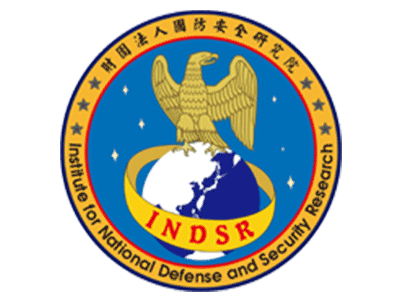Abstract
As China's military power rapidly expands, the Indo-Pacific region has become one of the global focuses of attention. Western countries and the United States continue to increase investment in the Indo-Pacific region and have begun to develop strategic layouts in South Asia. As the second most powerful country in South Asia after China, India has become a key partner for these Western powers. Although India has long-standing reliance on military cooperation with Russia, Western countries have still proposed cooperation with India in the development of advanced weaponry. From the perspective of India's defense industry, this cooperation not only provides India with advanced technology but also accelerates defense development. It further supports India's policy goals of achieving defense autonomy and diversifying arms sources, giving a significant boost to its long-term strategies in these areas.
However, while India has achieved some success in developing indigenous weapons, such as the HAL Tejas fighter jet and the Arjun tank, many key technologies still rely on foreign support. Performance and cost issues have made it difficult for these domestically produced weapons to replace imported equipment. Moreover, India continues to require foreign technological assistance for strategic weapons like aircraft carriers and submarines, which shows that in many aspects, India has not achieved self-sufficiency. In this regard, India must further strengthen its cooperation with Western nations and improve the technological level of its defense industry to achieve true defense autonomy and military modernization to deal with the growing threats it faces.


